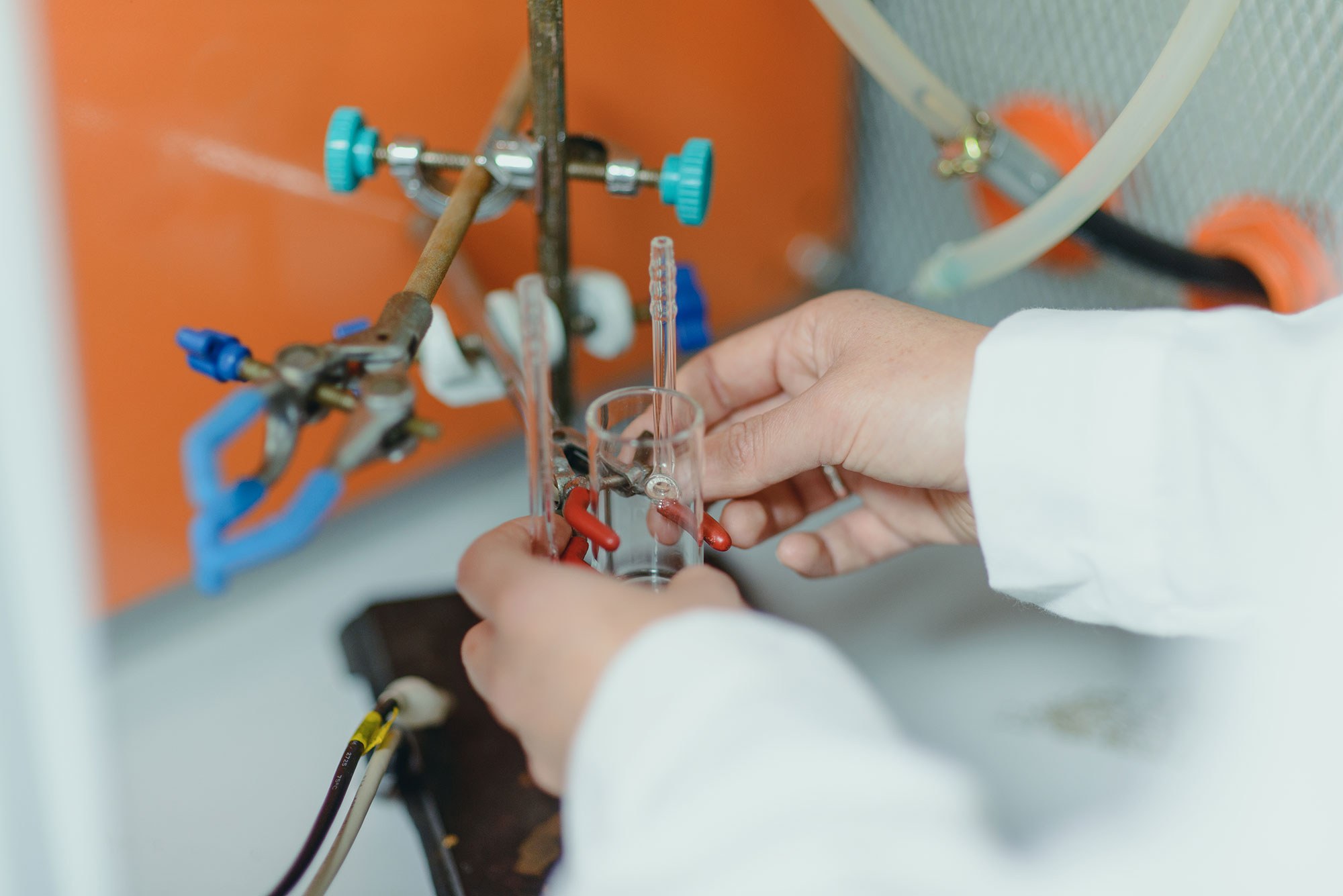Varas-Concha, F., Guzmán, D., Isaacs, M., & Sáez-Navarrete, C. (2022). Hydrogen Productivity Analysis Using Low Concentration of TiO2–Au Nanoparticles on a Ultraviolet‐LED‐Based Photocatalytic Reactors. Energy Technology, 10(1), 2100469. https://doi.org/10.1002/ente.202100469
Abstract: The productivity of photocatalytic hydrogen generation via photo-reforming of organic compounds has not been studied under low concentrations of catalyst, which could lead to relevant cost savings in future real-scale applications. Herein, it uses half of the lowest concentration of nanoparticles reported of modified P25 TiO2 partially coated with gold. The nanomaterial is prepared using a non-energy intensive, chemical reduction method. Gold content on the TiO2 surface is reported (14%—surface; 9.1%—weight). Dynamic light scattering and transmission electron microscope image analyses show low agglomeration and non-homogeneous shape. Aggregates and gold nanoparticles reach average diameters of 92 and 3.8 nm, respectively. Photocatalytic experiments for hydrogen production are carried out at low concentration of nanoparticles (0.056 g L−1) in methanol–water solution (5%vol.) under 375 nm UV and visible light (20 mW cm−2). The system shows a catalyst productivity of 6661 μmol h−1 g−1, a third of the highest reported productivity using methanol (which used a catalyst concentration 18× higher, an alcohol concentration 5× higher, and 100% anatase). The system shows an estimated reaction rate of 373 μmol L−1 h−1 with an apparent zero order kinetic, an overall energy conversion efficiency of 0.47%, and an apparent quantum yield of 1.03%.
Diego Guzmán
diego.guzman@umayor.cl


